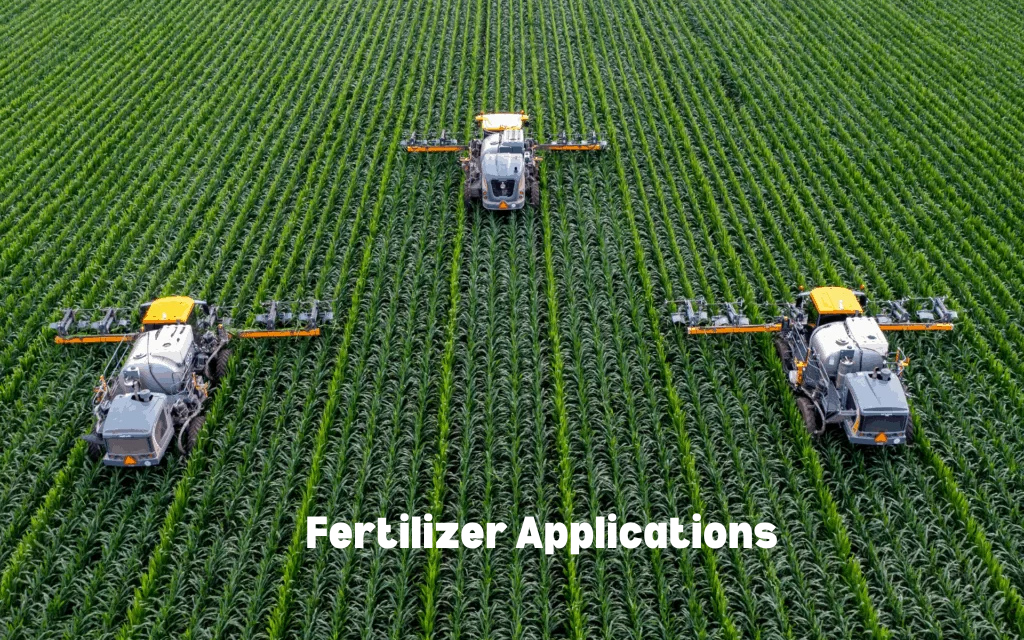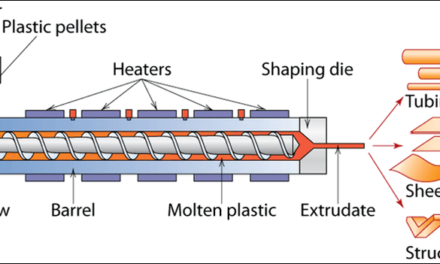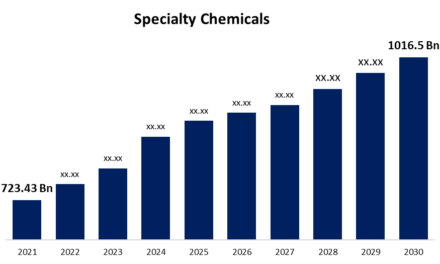Digital solutions are revolutionizing fertilizer applications by improving efficiency, reducing waste, and enhancing crop yields. Here’s how they are optimizing the process:
- Precision Agriculture: Technologies like GPS and GIS enable precise mapping of fields, allowing farmers to apply fertilizers exactly where they are needed, reducing overuse and minimizing environmental impact.
- Soil and Crop Sensors: Sensors analyze soil nutrient levels and plant health in real-time, guiding farmers on the type and amount of fertilizer required for optimal growth.
- Variable Rate Technology (VRT): This technology adjusts fertilizer application rates dynamically across a field based on soil and crop variability, ensuring efficient use of resources.
- Farm Management Software: Platforms integrate data from sensors, drones, and satellite imagery to provide actionable insights for fertilizer planning and application.
- Satellite and Drone Imagery: High-resolution images identify nutrient deficiencies and monitor crop health, enabling targeted interventions with fertilizers.
- IoT Devices: Internet of Things (IoT) devices connect farming equipment to real-time data streams, automating and optimizing fertilizer distribution.
- Predictive Analytics: Machine learning and AI analyze historical and real-time data to forecast crop needs and recommend fertilizer application schedules.
- Mobile Applications: Easy-to-use apps provide farmers with field-specific recommendations, weather updates, and nutrient management guidelines, enhancing decision-making.
- Blockchain for Traceability: Digital platforms use blockchain to ensure transparency and traceability in fertilizer use, meeting regulatory and consumer demands for sustainable practices.
- Cost and Resource Savings: By optimizing fertilizer use, digital solutions reduce costs for farmers and conserve natural resources, such as water and soil nutrients.
These digital innovations are empowering farmers to maximize productivity while minimizing environmental impact, paving the way for more sustainable agricultural practices.
















